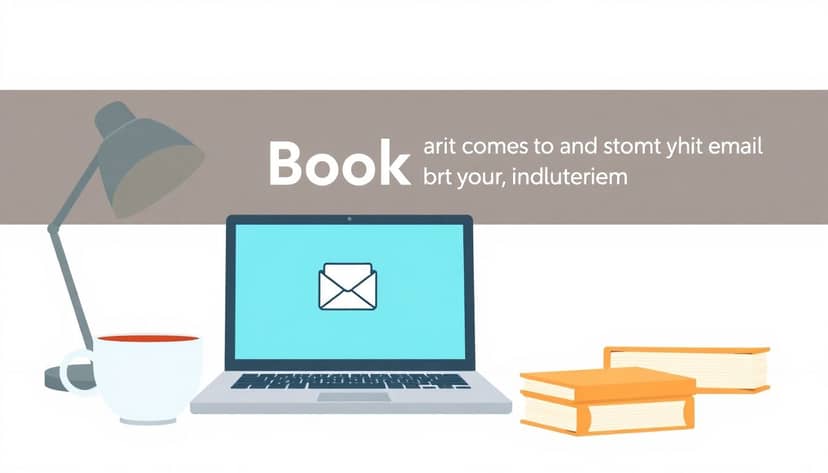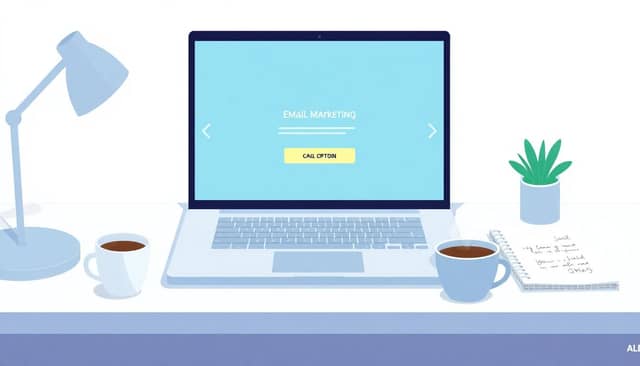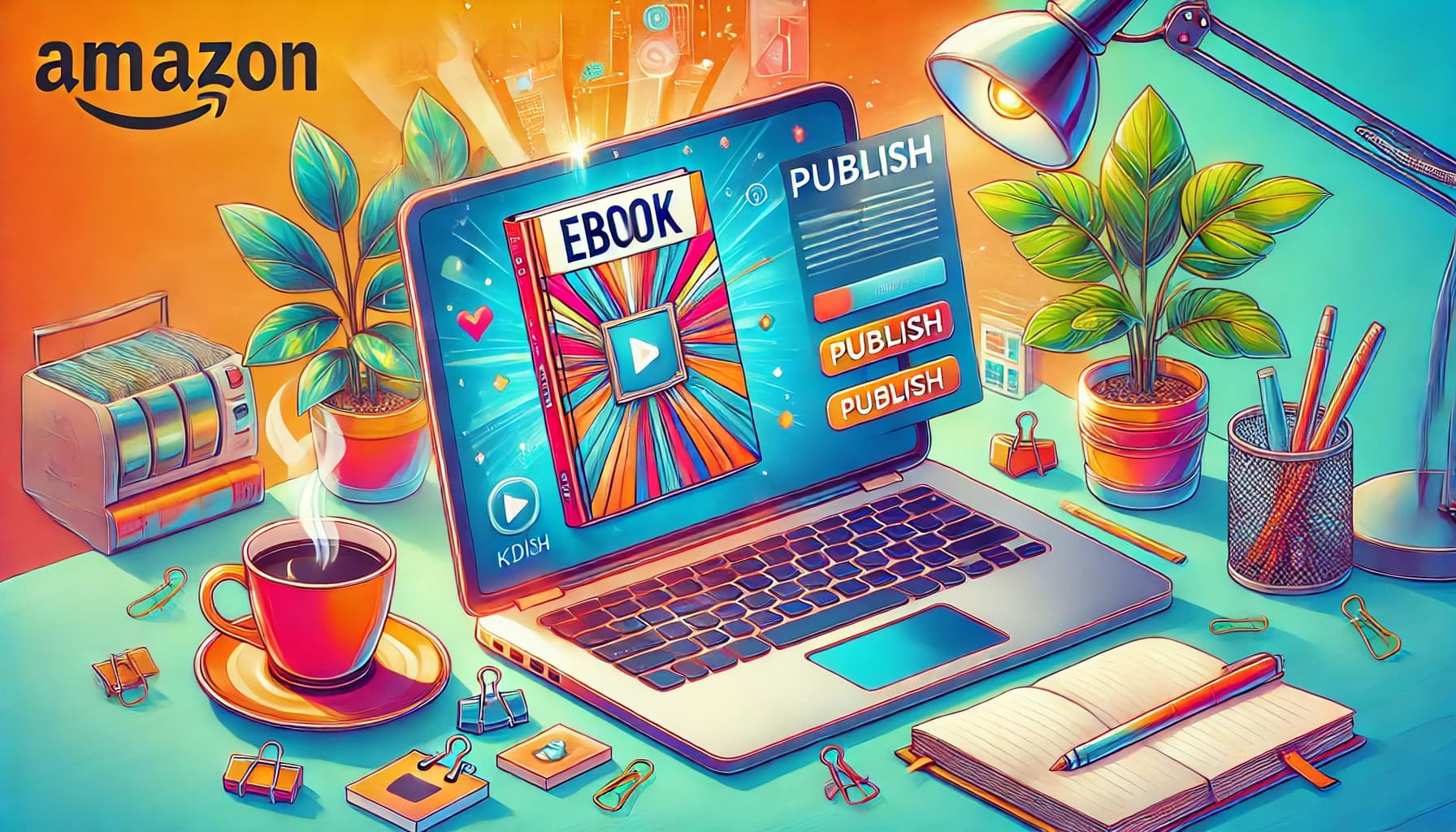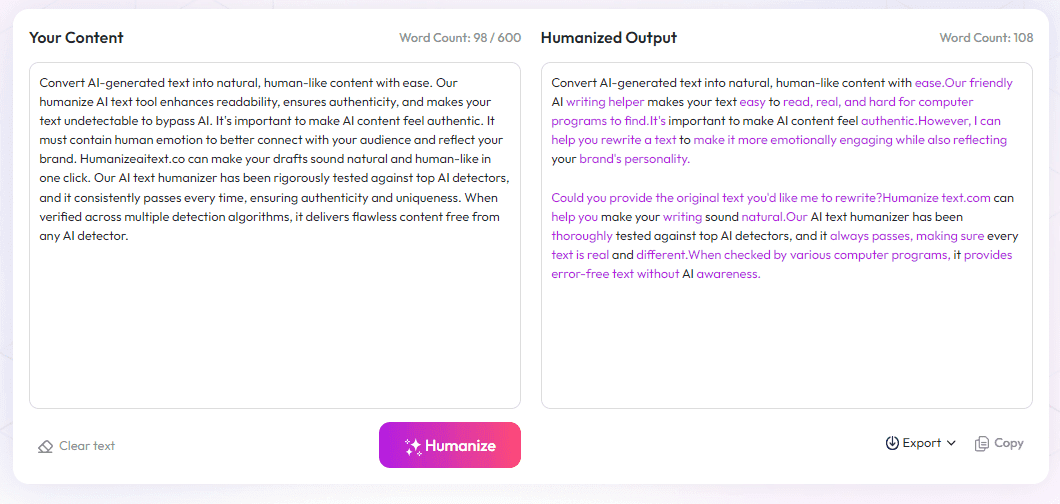Table of Contents
If you've ever struggled to turn website visitors into loyal readers and buyers, you're not alone. Building an email funnel that actually works can feel overwhelming, especially with so many options out there.
Stay with me, and I’ll show you how simple strategies can grow your book sales and create a community of fans eager for your next release. We’ll cover everything from pre-launch teasers to follow-up emails, so you’ll be ready to launch your book with confidence.
In just a few minutes, you’ll learn how to set up effective email sequences and engaging campaigns that drive interest and sales. Let's get started!
Key Takeaways
Key Takeaways
- Build your email funnel with a clear plan, starting with a welcome email offering a free gift to gain trust. Follow up with 3-5 engaging emails that share stories, insights, and behind-the-scenes info to keep readers interested. Timing is key; send these over a couple of weeks while personalizing subject lines to boost open rates. As launch day nears, ramp up excitement with announcements and offers. After the launch, stay connected with thank-yous and updates to maintain your community.
- Use automated tools to set up your sequences once and save time. Simplify the checkout process to make buying easy. Incorporate social proof like reviews, testimonials, or quotes from readers and experts to build credibility. Send emails when your audience is most active—midweek mornings usually work well—and spread your messages out to avoid overwhelming them. Add urgency with limited-time offers or bonuses to encourage quick action.
- Test different email elements, like subject lines, send times, and CTAs, to find what works best. Monitor key metrics such as open and click rates to understand what resonates. Use data to refine your approach and improve results. Remember, building relationships through consistent, personalized communication helps turn casual readers into fans who eagerly buy and spread the word about your books.

Creating an email funnel for a book launch might sound fancy, but at its core, it’s just about talking to your readers the right way at the right time. The goal? Turn curious visitors into loyal fans who can’t wait to buy, read, and spread the word about your book.
First, a good email funnel starts with a plan. Think of it as a roadmap guiding your potential readers from knowing nothing about your book to eagerly placing an order. This involves a series of well-timed emails that build momentum, create anticipation, and nurture your relationship with your audience.
One of the biggest pieces of your funnel is the welcome sequence. When someone signs up, send a quick email thanking them and delivering a valuable gift, like a free chapter or a helpful resource. This immediate value helps build trust and encourages them to stay connected.
Next, it’s smart to focus on nurturing. Sending 3-5 emails over a couple of weeks that share insights related to your book’s theme keeps your audience engaged without overwhelming them. Include stories, interesting facts, or behind-the-scenes tidbits to make your emails more personal and less sales-y.
Timing is everything. According to recent stats, the open rate for emails in 2024 has gone up to 25.1%. Personalizing subject lines can boost open rates by 26%. So, don’t be afraid to use names or mention something specific to your readers’ interests to make your emails stand out.
When it’s close to launch day, ramp up the excitement with announcement emails. Let your subscribers know the book is coming, and offer early-bird discounts or exclusive bonuses to motivate them to buy when it goes live.
Post-launch, continue the relationship. Send thank-you notes, ask for feedback, and share updates about your next project. This keeps your community active and eager for more.
Using automated email platforms makes all this easier. These tools let you set up sequences once and have them run smoothly, saving you time and helping you stay consistent. And remember, the simpler the checkout process, the more likely your readers are to buy—no complicated steps, just a clear path from email to sale.
Want to learn more about how to make your book launch a hit? Check out this guide on publishing without an agent, which can complement your marketing efforts nicely. And don't forget the power of good storytelling in your emails — it’s what turns casual readers into fans.

7. The Power of Personalization in Your Email Campaigns
Personalization isn’t just about inserting a reader’s name into the subject line — it’s about tailoring your content to make each subscriber feel seen and understood.
Using data like past interactions or preferences allows you to send targeted messages that resonate more deeply.
For example, if a subscriber downloaded a romantic fiction sample, follow up with emails related to that genre or similar stories.
Studies show personalized subject lines can boost open rates by 26%, so even small tweaks can make a difference.
Try segmenting your list by interests, purchase behavior, or engagement level to craft more relevant messages.
Remember, the more you can make each email feel like it’s just for them, the higher your chances of turning reads into buyers.
8. Crafting Irresistible Calls-to-Action (CTAs)
Your email isn’t complete without a clear, compelling call-to-action that guides readers on what to do next.
Whether it’s to buy your book, download a free chapter, or sign up for a webinar, your CTA should be simple and direct.
Use action words like “Grab Your Copy,” “Discover More,” or “Join the Launch Event” to create urgency.
Place your CTA prominently — a button at the end of your email usually works best.
Testing different wording, colors, and placement will help you find what gets the most clicks.
Remember, if you don’t tell your readers what to do, they might just scroll on without acting.
9. Using Social Proof to Boost Credibility
People trust reviews, testimonials, and social proof more than just your word alone.
Incorporate reader testimonials or early reviews into your launch emails to show others are excited about your book.
Sharing quotes from industry experts or notable readers can also add credibility.
If you have beta reader feedback or media coverage, highlight those to prove your book’s value.
Including social proof in your emails can tip the scales and persuade hesitant buyers to make the leap.
Just make sure your testimonials are genuine — authenticity is everything in building trust.
10. Timing and Frequency for Maximum Engagement
Getting your timing right is crucial — send your emails when your audience is most likely to open and engage.
Research suggests that mid-week mornings tend to see higher open rates, but always test your own audience for best results.
Sending 3-5 carefully planned emails over two weeks can nurture curiosity without overwhelming your subscribers.
Avoid bombarding your list with daily emails; instead, space them out to keep your book top of mind.
Use analytics to monitor open and click rates, adjusting your timing based on what works best.
Remember, consistent but not annoying frequency keeps your relationship healthy and your campaigns effective.
11. Incorporating Urgency and Scarcity
Moving your audience to act quickly often requires a sense of urgency or scarcity.
Limited-time discounts, bonuses for early buyers, or countdown timers can create that push.
For example, offering an exclusive bonus that’s only available for the first 48 hours encourages immediate action.
Make sure your deadlines or limited availability are clear and genuine — false scarcity can backfire.
Combining urgency with a personal touch makes your campaign more persuasive.
Always remind your subscribers about upcoming deadlines or expiring offers to keep the momentum going.
12. A/B Testing Your Email Campaigns for Better Results
Want to find out what really works? A/B testing lets you compare different versions of your emails to see which performs better.
Test one element at a time — like subject lines, send times, or CTA wording — to isolate what moves the needle.
For example, try two different subject lines for the same email and see which one yields higher open rates.
Keep records of your tests so you can refine your approach over time.
Even small tweaks based on data can lead to significantly higher engagement and sales.
Don’t be afraid to experiment and learn from each campaign — that’s how you optimize your book launch efforts.
13. Tracking and Analyzing Campaign Performance
Behind every successful email campaign is a good set of metrics — it’s how you see what’s working and what’s not.
Focus on key indicators like open rate, click-through rate, and conversion rate.
Google Analytics and your email platform’s dashboard can provide insights into subscriber behavior.
For instance, if a particular email had a high open rate but low click engagement, you might need a stronger CTA.
Regularly reviewing your data helps you adjust your strategy, improve your next campaign, and ultimately boost your book sales.
Remember, tracking isn’t just about numbers — it’s about understanding your audience better.
14. Wrap Up: Making Your Email Funnel Work for You
The key takeaway? An effective email funnel isn’t a one-and-done deal.
It’s about building relationships, providing value, and guiding your readers to take action at the right moments.
Consistency, personalization, and testing are your best friends here.
By paying attention to how your audience responds, you can tweak your approach and see real results.
If you want more tips or a step-by-step guide, you can check out some of the best resources at (https://automateed.com/best-self-publishing-companies) or learn more about email strategies that work in 2024.
FAQs
An email funnel is a series of targeted emails designed to guide readers from interest to purchase. It nurtures relationships, builds trust, and encourages followers to become buyers and loyal supporters of your books.
Create a compelling lead magnet like a free chapter or quiz, then set up a landing page with a clear call-to-action. Use teasers, sneak peeks, and polls to involve your audience and build anticipation for the launch.
Start with a confirmation email, then send reminders to download freebies, share content related to your book, announce launch details, and include special offers. Follow up with soft-sell stories to maintain engagement after the launch.
Incorporate quizzes related to your book, offer upsells like signed copies, showcase reviews and testimonials, and consider hosting webinars. Combining these tactics can help convert more subscribers into buyers.



